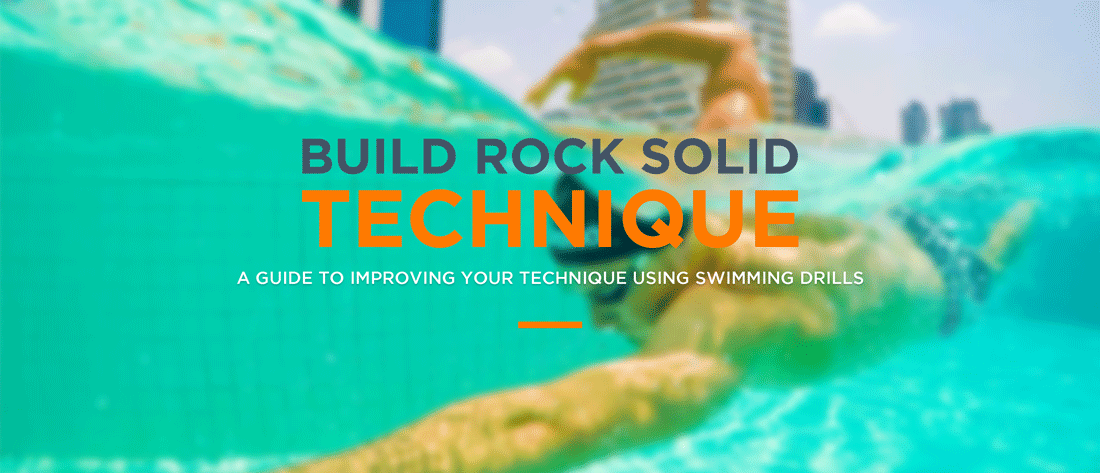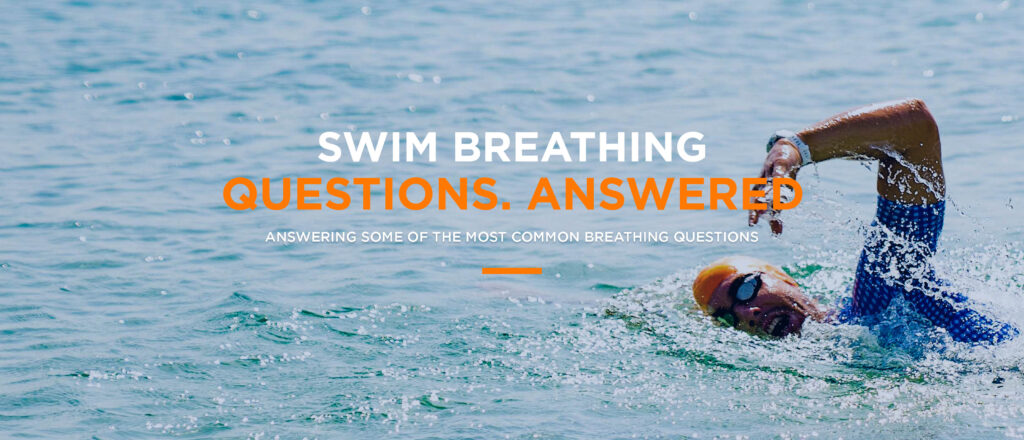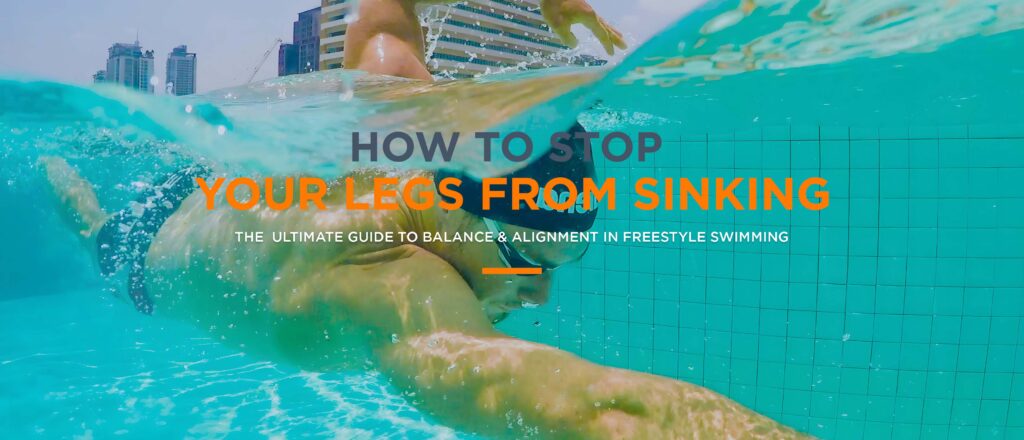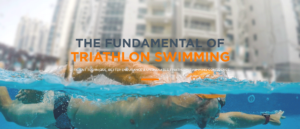Hey Team, it’s Rory here. Swimming is the most complicated, and technique dependent sport in triathlon. That’s what makes it so hard to learn and master.
No doubt you’ve tried a few swim drills for triathletes to help you master freestyle, but are you getting the full benefit out of them?
You see, swim drills are not a magic pill. You won’t automatically get faster just because you do them everyday!
Having said that… The right drills, used in the right way can do wonders to your stroke, if you practice them correctly.
In this guide, I’m going to teach you how to use drills as a triathlete to get the greatest improvement in speed & efficiency.
Let’s Go!

Listen to the audio version:
Why Should Triathletes Use Swimming Drills?
Chance are you’ve been told swim drills for triathletes are a good idea. They will fix your freestyle. After all the best swimmers and triathletes in the world work drills everyday. So you should too, right?
It’s true, the best swimmers and triathletes in the world do complete drill sets every day. But drills alone are not your answer to faster, more efficient swimming.
While swim drills for triathletes are crucial to learning how to swim fast, they can also waste your time. Or worse… harm your stroke mechanics. Used in the wrong way without the intended and required focus, drills will hurt more than they help.
So why should you use drills?
Look at it like this: swimming is complicated. There are a lot of moving parts… Your breathing is limited… There are 1000 things to think about to achieve the “perfect stroke”. It’s too overwhelming to get everything right all the time.
This is the reason we do drills.
A good swim drill is just a small piece of a deconstructed freestyle stroke.
It should allow you to isolate one particular piece of your perfect freestyle stroke. Or it should put you in a specific position you want to hit in the perfect freestyle stroke.
Drills give you the opportunity to practice that particular piece or position repeatedly. They allow you to to target a weak part of your stroke and work on it until it becomes a strength.
To swim faster with less effort, you need to start using your drills in a way that gets you the biggest bang for your buck. Here’s my guide to helping you find the value in your drill sets. Value and learning that carry over into full stroke swimming.
Key Takeaway
A good swim drill is just a small piece of a deconstructed freestyle stroke. They are crucial to learning how to swim fast, but they can also waste your time and harm your stroke if they are used incorrectly
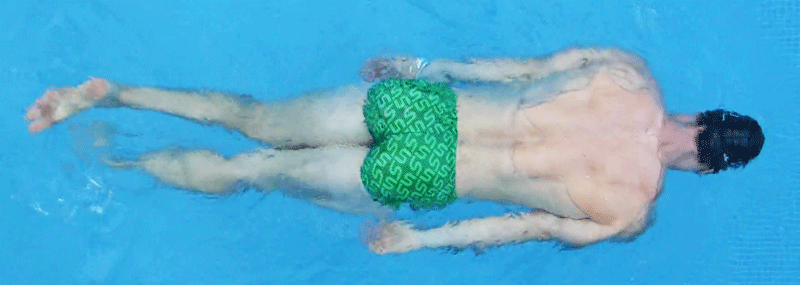
1. You Have To Concentrate
To be effective, your swim drills should be done at a slow enough pace that allows you to really concentrate on:
WHAT you are doing with your body in that specific part of the stroke.
Your focus isn’t getting to the end of the pool as quickly as you can. Neither is it on what you are having for breakfast after your morning swim.
To get the most out of a drill slow down. Concentrate on one specific part of your body, or one specific piece of the stroke. Refine the movement, perfect the position!
Every drill has a different focus.
● May be you should be focused on keeping your core tight and your hips up?
● Perhaps you should be trying to create pressure on your forearm?
● Is it driving power from you hips?
What part of your body are you focused on? What should it be doing? Are you getting it right?
WHERE you can reduce resistance or increase propulsion.
Some drills are designed to help you reduce resistance while others increase propulsion. Understanding what the drill is designed to do will help you execute it far more effectively.
Reducing resistance is always the first goal as we move through the water. Swim speed in triathlon depends on how little resistance you work against, not how fit or strong you are.
If you’re working on a drill designed to limit resistance; double your focus on streamlining your body.
When working on a drill designed to increase propulsion; make sure you have first streamlined your body, then power forward.
HOW the movement or position propels you forward
Any movement or action in your stroke that isn’t moving you forward is wasted energy.
Key Takeaway
So ask yourself: “how does this action, with this part of my body, at this point in the stroke, help me move forward? Am I doing this as efficiently as I can? What could I change?”
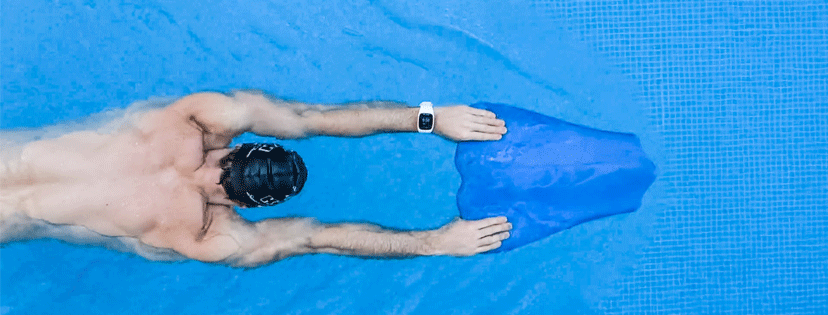
2. Slow It Down
Don’t use speed to cover up your stroke faults.
Rushing through any task set before you is unlikely to result in high quality work. The faster we go the more sloppy we tend to be.
Quality lies in the details. By mastering movements at a slow speed you set yourself up for success at high speed.
Don’t try to use speed to cover up inefficiencies in your positions or movement patterns. If you’re able to slow everything down and still do it right, then you’re really getting the benefit.
Key Takeaway
Quality lies in the details. By first mastering movements at a slow speed you set yourself up for success at high speed.
3. Drill Into Full Stroke
Drills should always be taken into full stroke.
Getting good at swim drills for drills sake is no use to anyone. You can be the best side kicker in the world, but if it doesn’t transfer into your full stroke it’s pretty useless!
Good drill sets or drill progressions should have some full stroke swimming mixed in. This gives you a chance to practice the isolated pieces you just worked on in the full stroke.
Transferring what you feel from drill to full stroke is THE key when using drills to build rock solid technique.
If your stroke looks exactly the same before and after the drill you’ve missed the opportunity to improve. The changes may not always be life changing, but the smallest adjustments can make the biggest difference in the water.
Key Takeaway
Transferring what you feel from drill to full stroke is THE key when using drills to build rock solid technique.
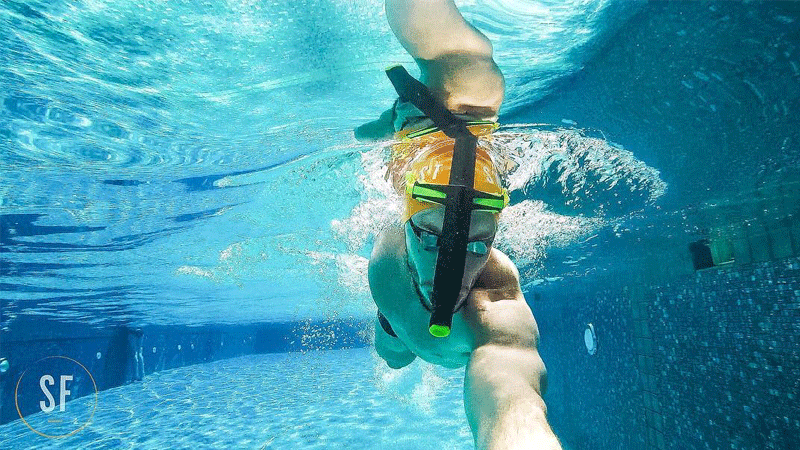
4. Test Yourself
Nothing is learned until it’s tested under pressure.
Follow your drills up with some speed/race pace swimming.
We can test how well you’ve learned a position by taking your stroke to speed or race pace. It might easy to swim with the perfect stroke at a slow or moderate pace, but can you hold that technique as you fatigue?
Following your drill set up with a descending set or a race pace swim allows you to test where your stroke falls apart. It will also tell you where you need to focus next time you practice your swim drills.
Key Takeaway
Following your drill set up with a descending set or a race pace swim allows you to test where your stroke falls apart.
👊🏼 Go Dominate.
If you’re coached by me, or I’ve done a video analysis for you, you’ll have all the drill progressions you need to solve your personal stroke problems. If you’re coached by someone else, hopefully your coach has given you a set of drills to help you improve.
You now know how to get the most out of your drill sets, but reading this is guide is only the first step… Go get wet and dominate!
~ Rory

